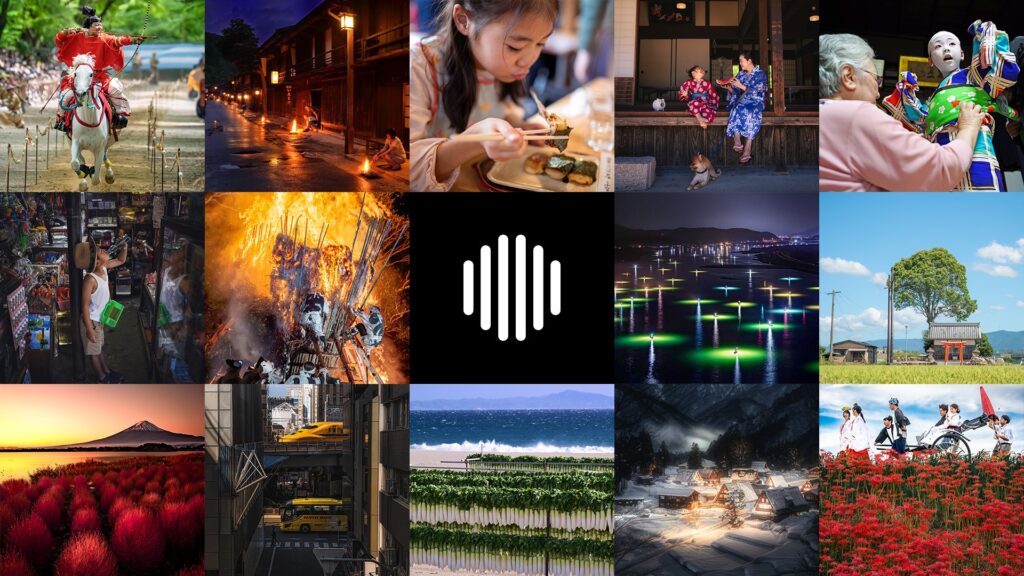 The Nippon Communications Foundation, publisher of Nippon.com, is pleased to announce the winners of our “Moments in Japan” photo contest. The competition was held in collaboration with Tokyo Camera Club from February 5 to March 13, 2024, and received over 5,000 entries.
Following Tokyo Camera Club’s selection of a short list of entries, judges Ōnishi Naruaki, Haga Hinata, and Yamada Shinji chose the grand prize winner and two winners each in the categories “Beautiful Moments,” “Delicious Moments,” and “Moments of Truth.” Staff of the multilingual editions of Nippon.com selected seven entries for the Nippon.com Prize.
Below we introduce all 14 winning entries along with comments from the photographers, judges, and Nippon.com editorial staff.
The Nippon Communications Foundation, publisher of Nippon.com, is pleased to announce the winners of our “Moments in Japan” photo contest. The competition was held in collaboration with Tokyo Camera Club from February 5 to March 13, 2024, and received over 5,000 entries.
Following Tokyo Camera Club’s selection of a short list of entries, judges Ōnishi Naruaki, Haga Hinata, and Yamada Shinji chose the grand prize winner and two winners each in the categories “Beautiful Moments,” “Delicious Moments,” and “Moments of Truth.” Staff of the multilingual editions of Nippon.com selected seven entries for the Nippon.com Prize.
Below we introduce all 14 winning entries along with comments from the photographers, judges, and Nippon.com editorial staff.
Grand Prize
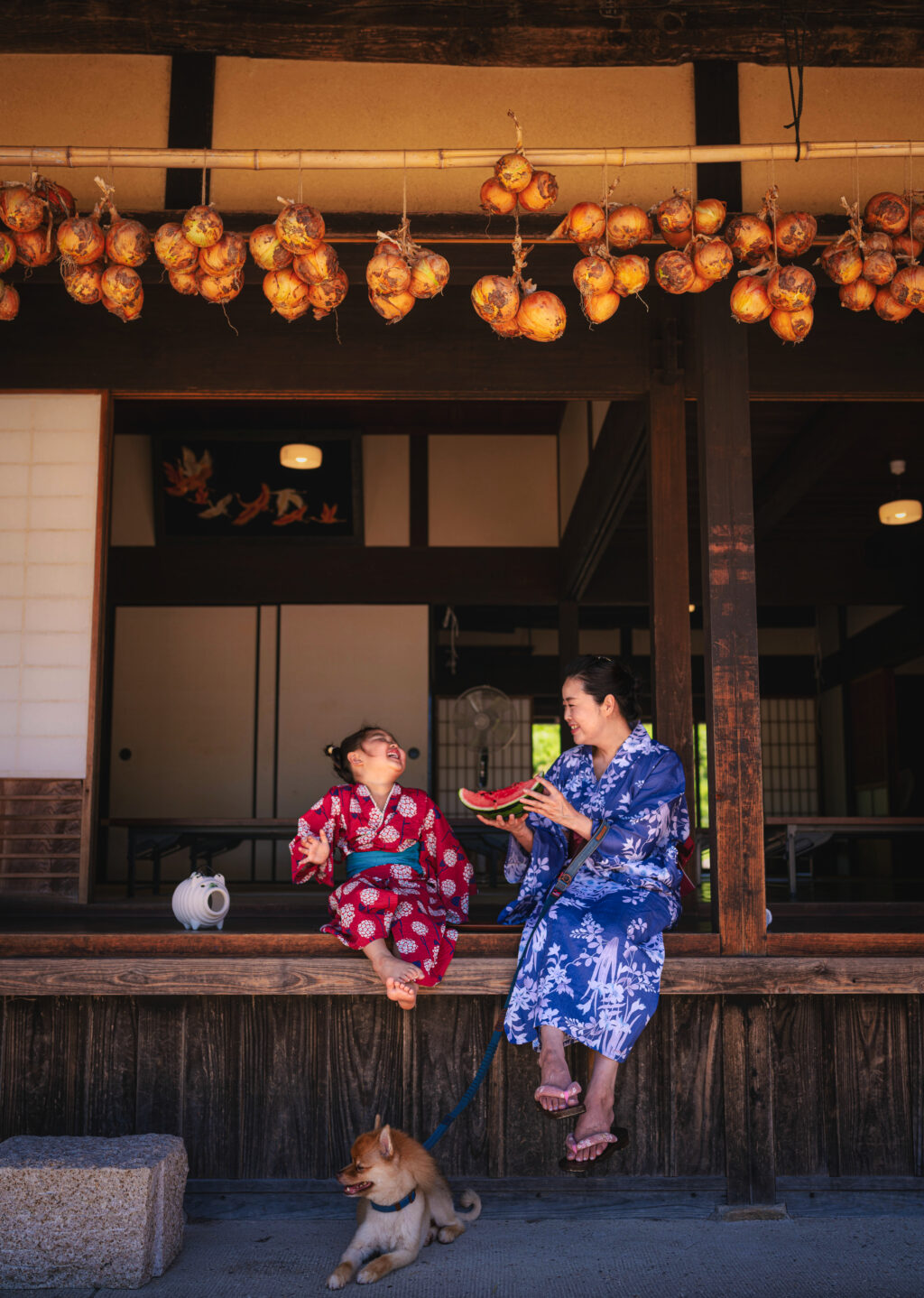
Photographer: Takahashi Shūji
“Summer on the Veranda,” by Takahashi Shūji
“This is an everyday family snapshot,” says the photographer. “I want to capture more such moments to share and remember as we move ahead in life.” Yamada Shinji: The photo took me back to childhood summers at my grandparents’ house and afternoons spent on the engawa, the porch encircling a traditional Japanese home, enjoying watermelon with family. The composition of the photo is exquisite. Each part—the natural expressions of mother and daughter, the colors of the yukata, the quaint mosquito coil burner, the dog at their feet, the drying onions hanging overhead—come together in a superbly framed moment of joy. Haga Hinata: The attention to detail gives the impression that the photographer was re-creating a precious childhood memory. There were few entries that captured the facial expressions of subjects as well as this—their beaming smiles are the centerpiece of the scene. Ōnishi Naruaki: Such a stirring, heart-warming photograph. The placement of different traditional seasonal items adds to the atmosphere. You can almost hear the peals of laughter as mother and daughter share an unfeigned moment of joy.Beautiful Moments
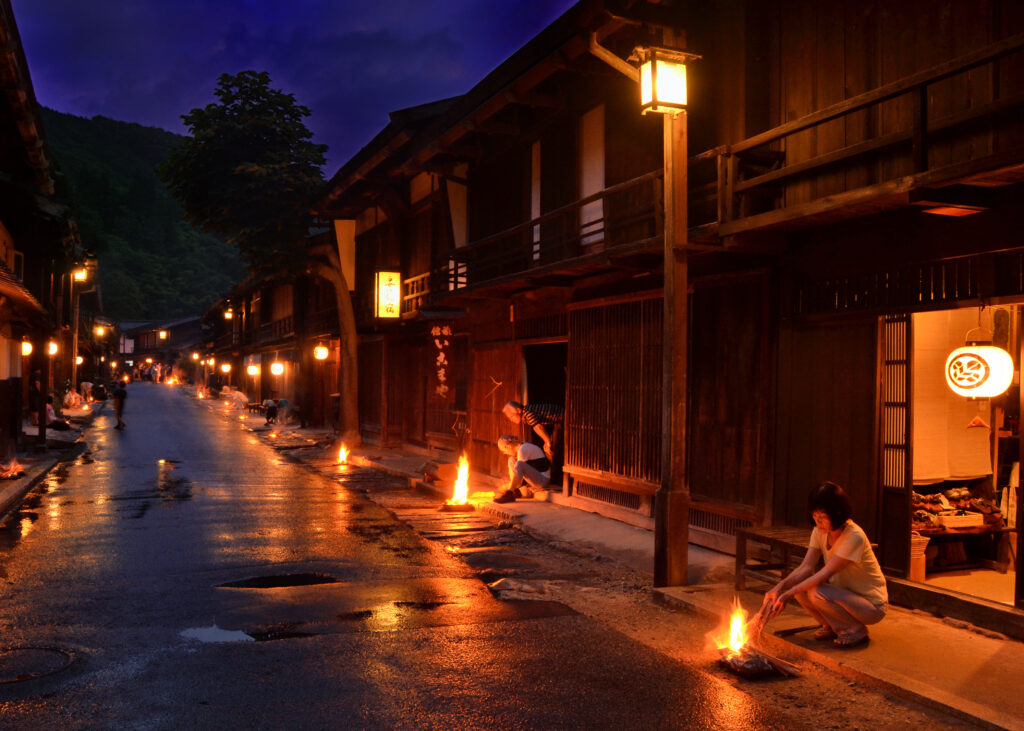
Photographer: Kawamoto Shin’ichi
“Fires for the Departed,” by Kawamoto Shin’ichi
The photographer explains: “Residents of the old post town of Tsumago in Nagano Prefecture continue the Urabon’e [Obon] custom of burning small fires in front of their homes to light the way for the souls of the dead on their journey back to the spirit world. The okuribi ritual is observed each August 16 at 7:00 pm.” Haga Hinata: Ancestors returning home for Obon are entertained and then conveyed back to the spirit world with bonfires. Tsumago’s preserved traditional townscape and its Urabon’e custom are beautiful heritages of Japan. The flicker of the flames reflected on the wet surface of the street lends a sense of purity to the moment.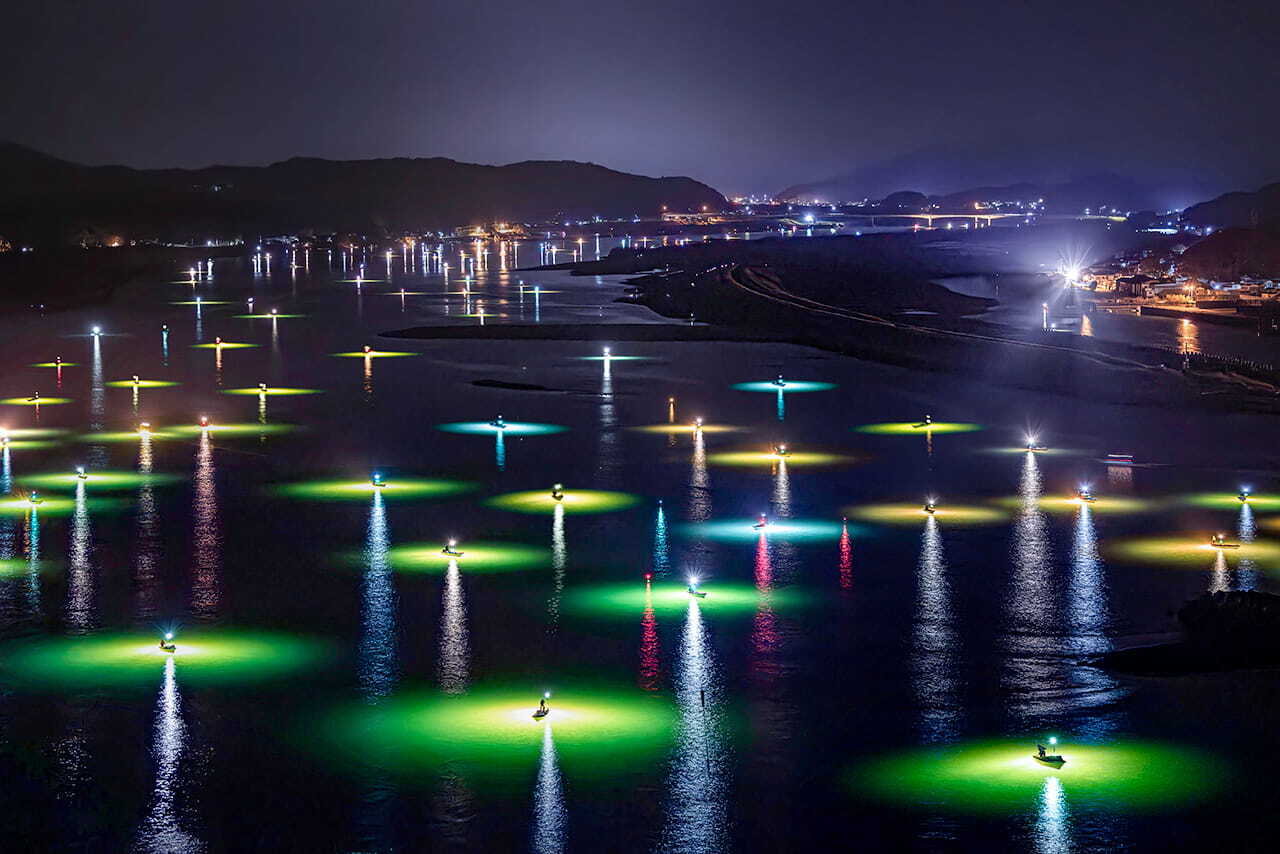
Photographer: Nakagawa Mineo
“Will-o’-the-Wisp,” by Nakagawa Mineo
“It was late at night,” says Nakagawa, “and I had just driven 700 kilometers from Aichi to Kōchi when I came upon this breathtaking scene. The lights on the surface of the water shimmered, bringing to mind precious gems or playful fireflies.” Haga Hinata: Fishermen descend on the Shimanto River in Kōchi Prefecture each December and January to fish for glass eels, using hand-held nets in the traditional fashion. The lights of the boats, which number upward of 100 some nights, produce a magical spectacle associated with the season. There were several photos of glass eel fishing entered, but the beauty of the lights captured in this shot stood out among the crowd.Delicious Moments
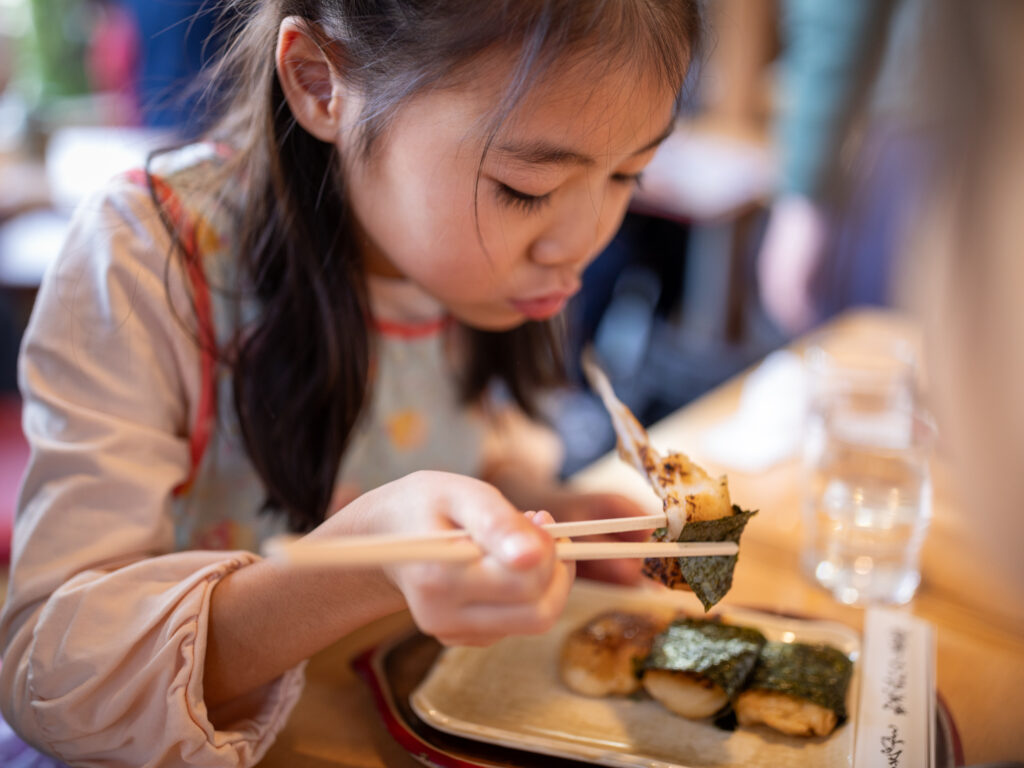
Photographer: rui4050
“Yummy Rice Cake,” by Rui4050
The photographer recounts: “We stopped at a teahouse in Kyoto and ordered mochi wrapped in nori. My daughter loves it and tucked right in.” Yamada Shinji: A young girl heartily enjoying a traditional dish like isobe yaki was refreshingly new. Indifferent to the camera, she gives her full attention to her gooey treat—her expression says it all. The way the photo catches the mochi as it stretches from her mouth, along with the shallow depth of field, gives the photo an intimate feel.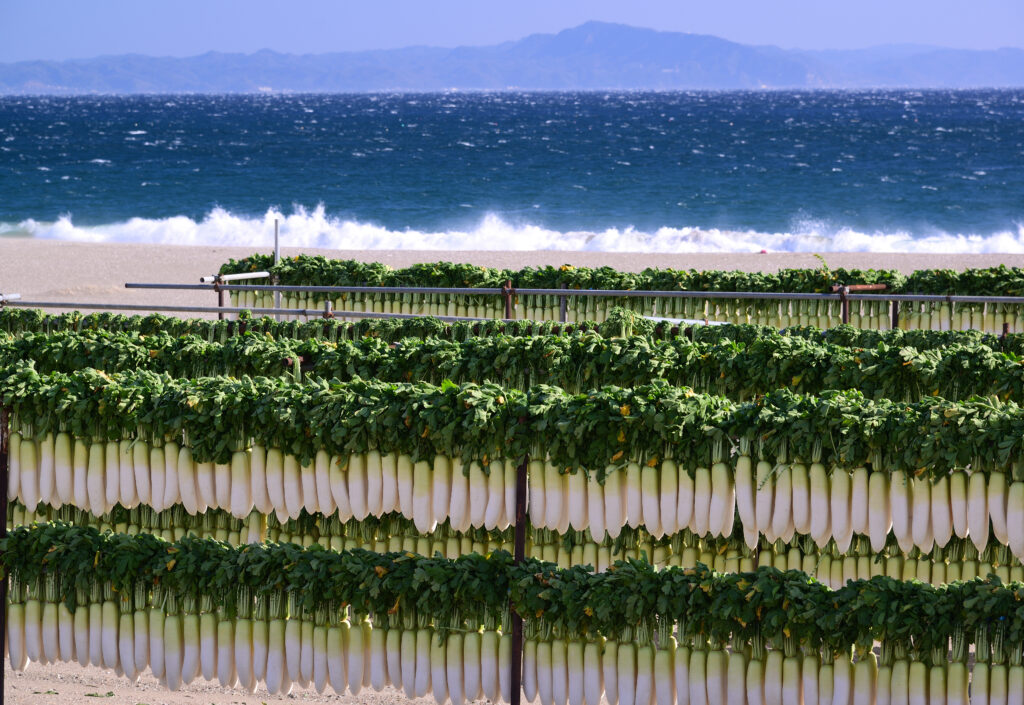
Photographer: Hamakiddo
“Winter on the Miura Peninsula,” by Hamakiddo
“In summer,” explains the photographer, “the Miura Peninsula in Kanagawa Prefecture teems with beachgoers. But on this winter day, the sunbathers were locally grown daikon radishes.” Yanada Shinji: Seeing rows of daikon drying on the beach was new to me. In my home of Niigata Prefecture, they are hung below the eaves of houses with strands of rope made from rice straw. It impressed on me the wide array of distinct customs that can be found in each region.Moments of Truth
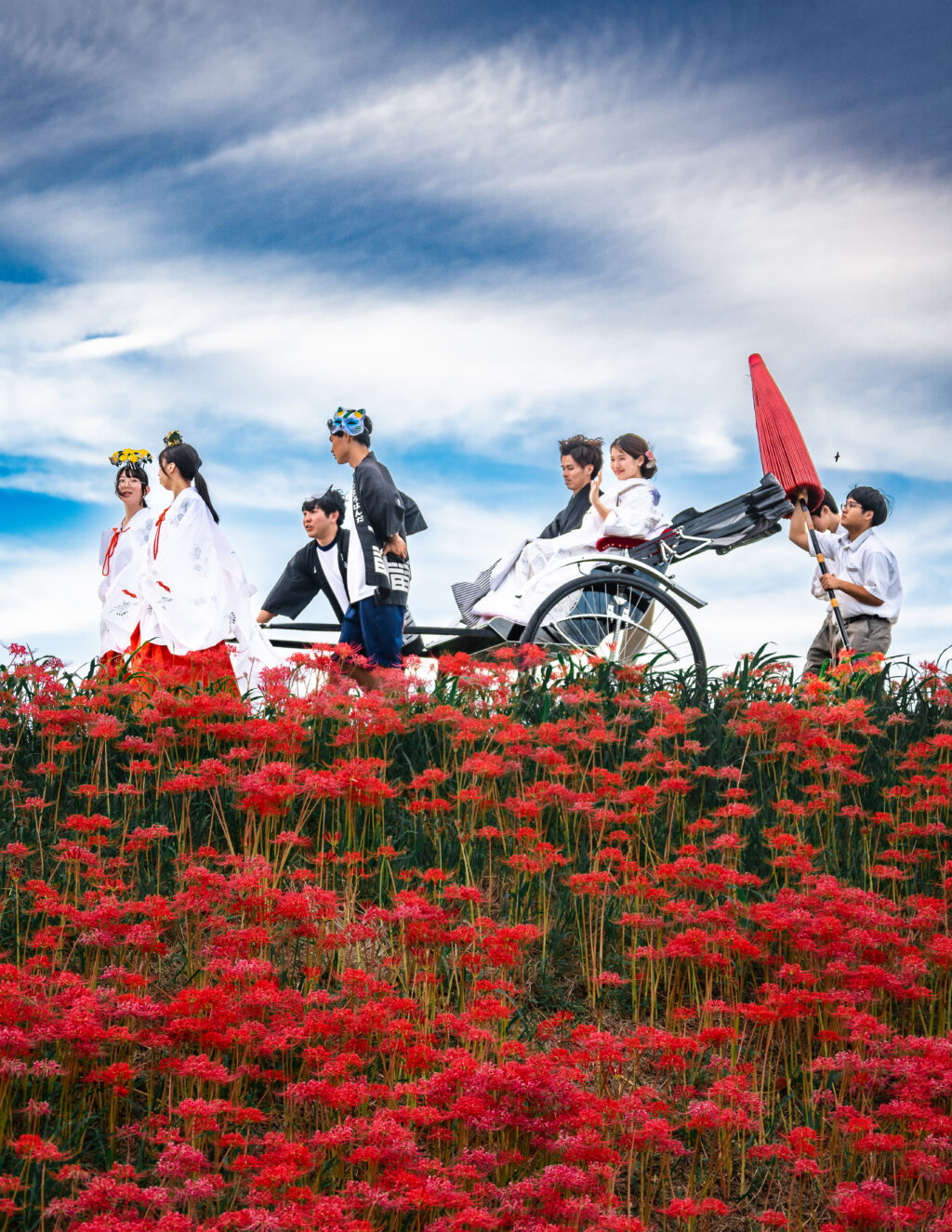
Photographer: Andi Tama (@anditamago)
“Gon’s Autumn Festival,” by Andi Tama
In this photo, says the creator, “a bride and her entourage parade through a field of spider lilies. The wedding, a production of students at Aichi Prefectural Handa Commercial High School, took place at the Niimi Nankichi Memorial Museum and included this fitting tribute to Niimi’s masterpiece of children’s literature, Gon, the Little Fox.” Ōnishi Naruaki: The bright red spider lilies along the river embankment, the vibrant bridal procession, and the wispy early autumn clouds re-create the so-called fox weddings of Japanese folklore. The framing is excellent, giving no hint of the long procession extending in front and behind. Rural areas like Handa are shrinking as the population ages and fewer young people are marrying and having families. The photograph offers a ray of hope against this hard truth.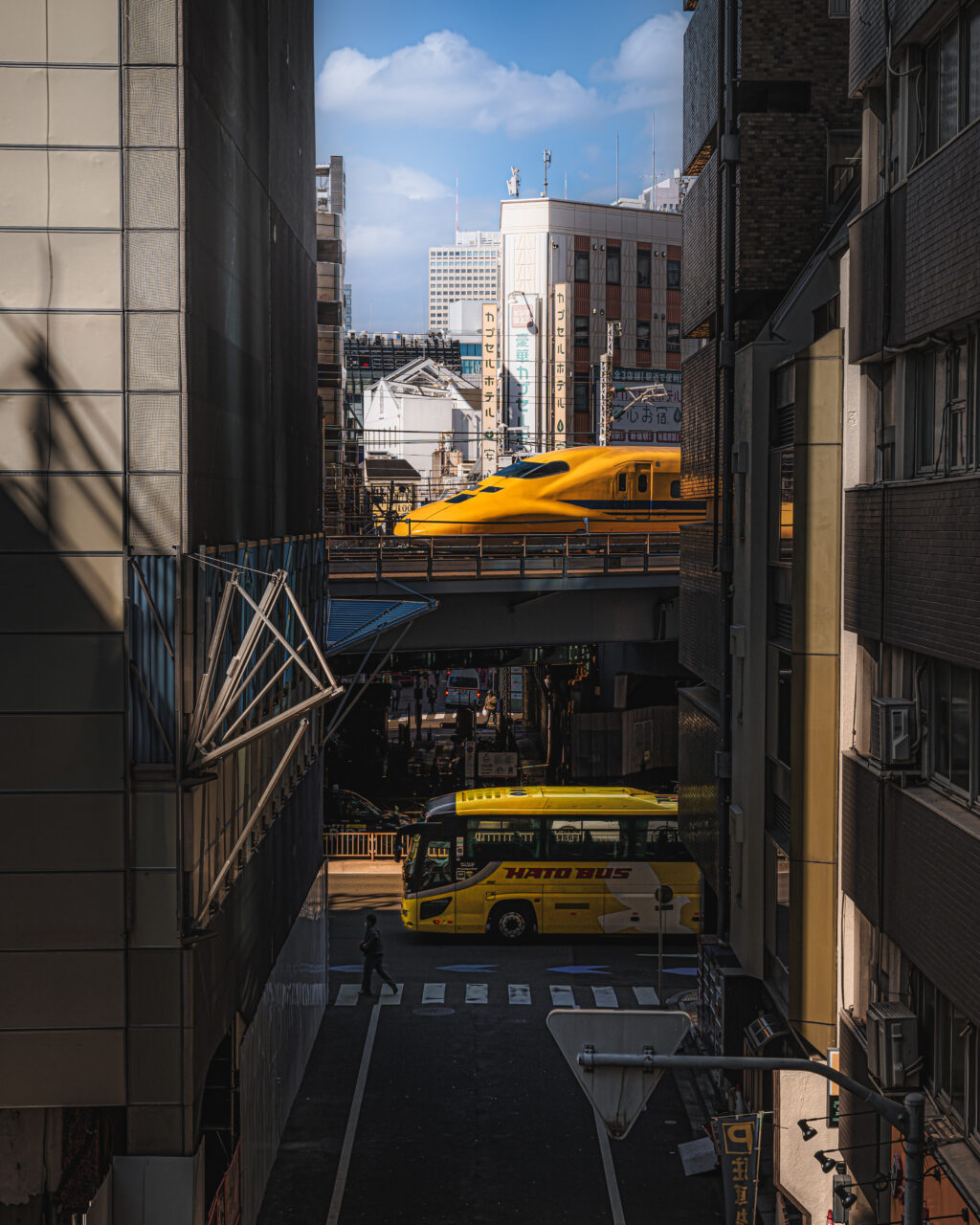
Photographer: Yamagami Takuya (@maybeeeeem)
“A Slice of Tokyo,” by Yamagami Takuya
“In an instant, a run-of-the-mill corner of Tokyo stages a stirring scene,” notes Yamagami. Ōnishi Naruaki: The sleek form of Doctor Yellow, the Shinkansen test train that monitors the condition of tracks and overhead wires, is captured in a flash above an iconic Hato Bus, brightening for an instant a corner of Tokyo glimpsed between its towers. You can almost feel the pounding of the photographer’s heart in anticipation of the fleeting shutter chance—train photo buffs in particular view Doctor Yellow sightings as fortunate occasions. The lines of the buildings in the foreground, Doctor Yellow and the Hato Bus in the middle ground, and the buildings and blue sky in the background all make for a fantastically satisfying visual from top to bottom.Nippon.com Prize
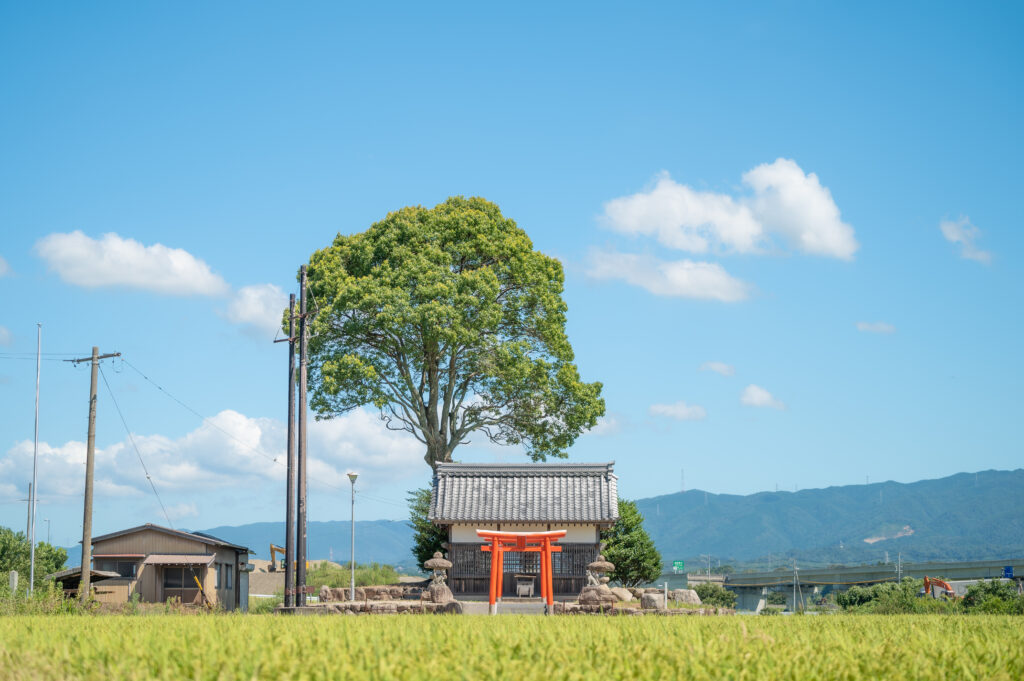
Photographer: Toyop
“Praying for a Bountiful Harvest,” by Toyop
“Scenes like this still remain thanks to the care and management of local farmers and others,” writes the photographer. “Looking at the photo, I realize what a beautiful landscape we live in.” English editorial staff: The ripening rice, red torii, and quaint shrine stand out against the green of the towering tree and the soaring blue skies. But look closely, and a dilapidated structure and tangled powerlines hide in the background; a raised highway stretches into the distance, and rows of transmission towers scar the verdant mountains. It is imperfect yet picturesque, a scene that calls to admirers of the Japanese countryside.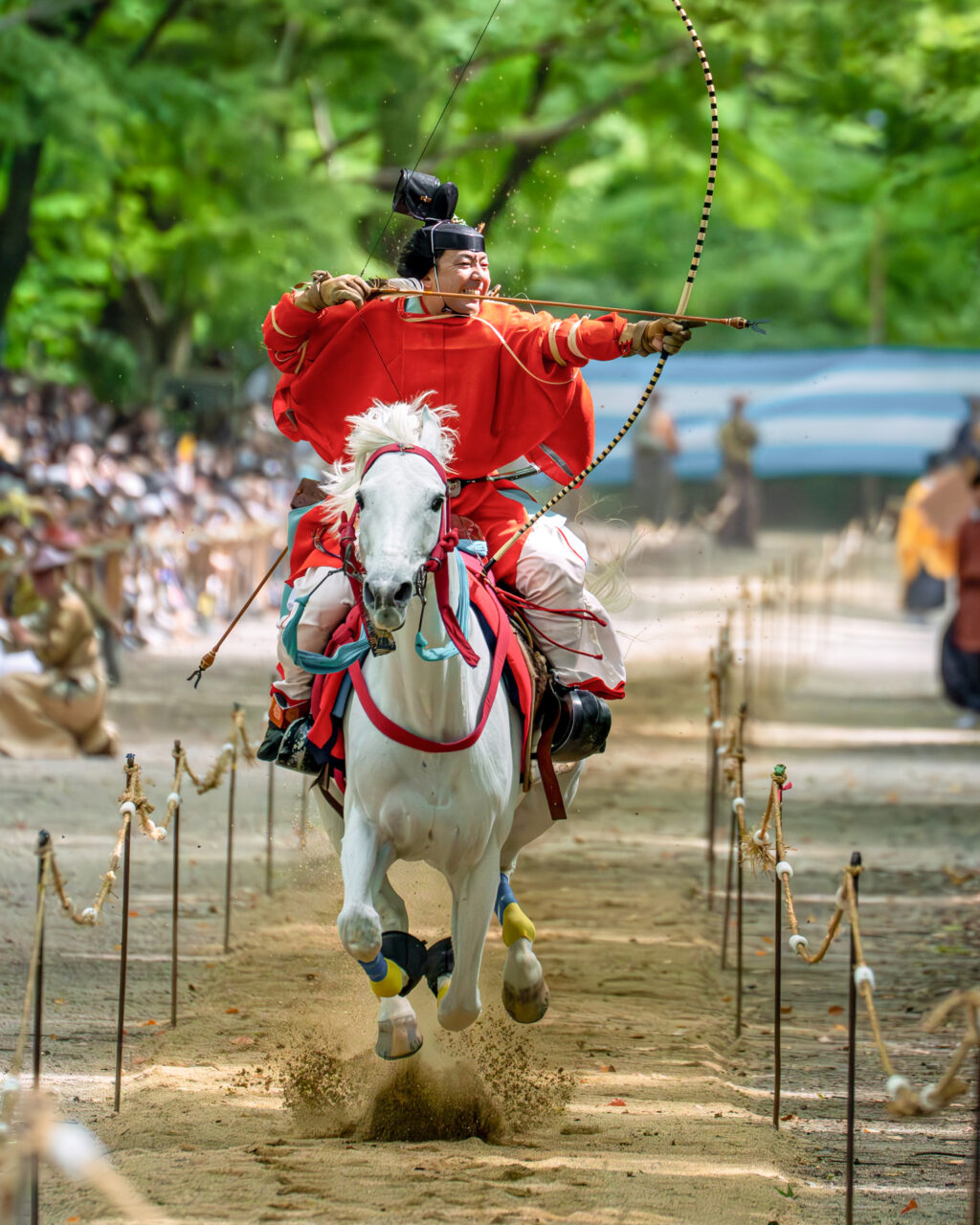
Photographer: Haruki Etsuyo
“Mounted Archer,” by Haruki Etsuyo
A mounted archer prepares to unleash an arrow during a yabusame ritual at Kyoto’s Shimogamo Shrine. For centuries, the rite has been observed ahead of the Aoi Festival, one of the city’s three major celebrations. I was moved by the power of the horse and the skill of the archer. Chinese (simplified characters) editorial staff: The red costume of the archer and the pure white coat of the horse contrast wonderfully against the greenery in the background. The Heian-period costume was influenced by Tang Dynasty fashion, bringing to mind the deep relationship Japan and China have long shared.
Photographer: Yukkey
“White Breath,” by Yukkey
The photographer sets the stage for the shot: “Winter grips a remote village in Gokayama in Toyama Prefecture, bathing the snow-covered thatched roofs of the gasshō-zukuri structures in eerie light.” Chinese (traditional characters) editorial staff: The snow-shrouded village is warmly nostalgic, like a familiar folktale. The contrast with modern Japan stirs the imagination.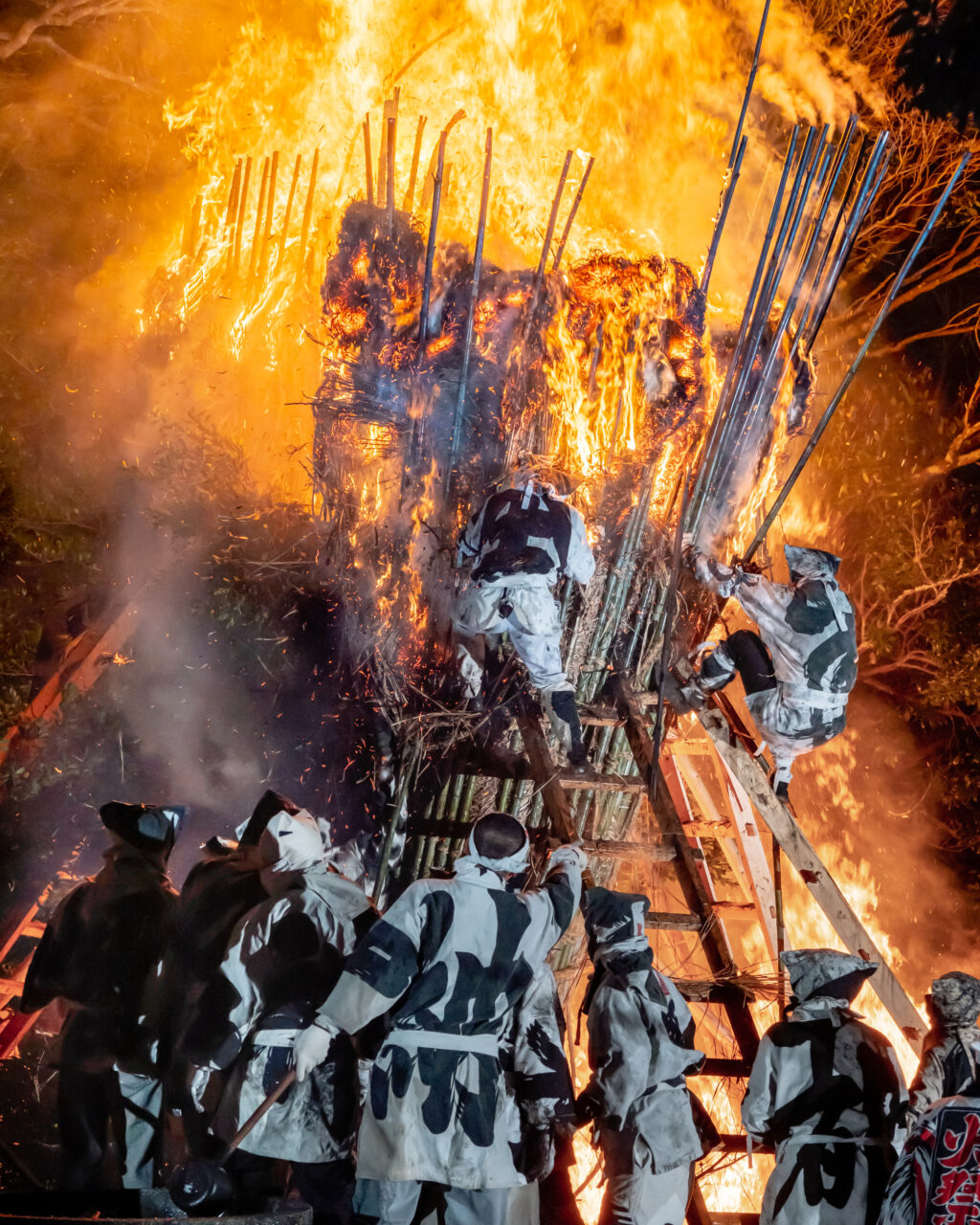
Photographer: Nakamura Yūta
“Festival of Fire,” by Nakamura Yūta
In this photo, Nakamura captures “a hair-raising moment from the Toba Fire Festival in Aichi Prefecture, famed as Japan’s most dangerous matsuri.” French editorial staff: The beautiful photo conveys tradition and raw human energy. You can feel the enthusiasm of the festival participants as they daringly confront the roaring pillars of fire. The white costumes adorned with large black lettering stand out against the orange glow of the flames, creating a lovely tricolor motif.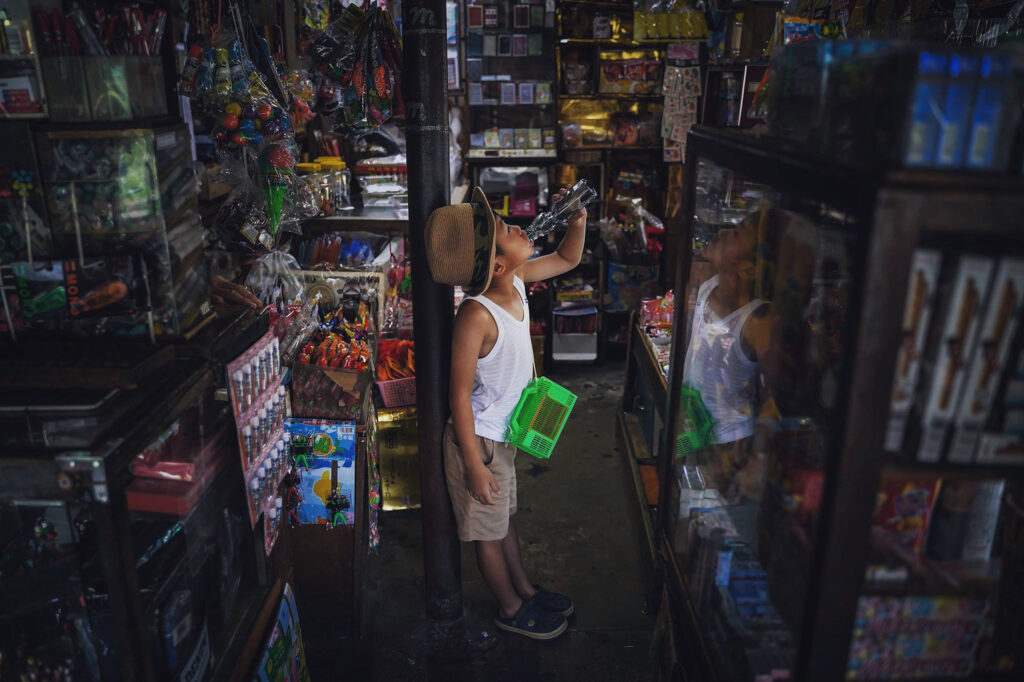
Photographer: Fukami Satoshi
“Forgotten Summers,” by Fukami Satoshi
“As a summer excursion,” recalls Fukami, “my son and I visited an old-style dagashiya. Watching him ooh and ahh over the different snacks, candies, and toys brought back memories of my own childhood visits to candy stores.” Spanish editorial staff: A young boy, insect basket slung across his shoulder, cooling himself at an old-fashioned candy store oozes nostalgia. It is a timeless image of Japanese summer.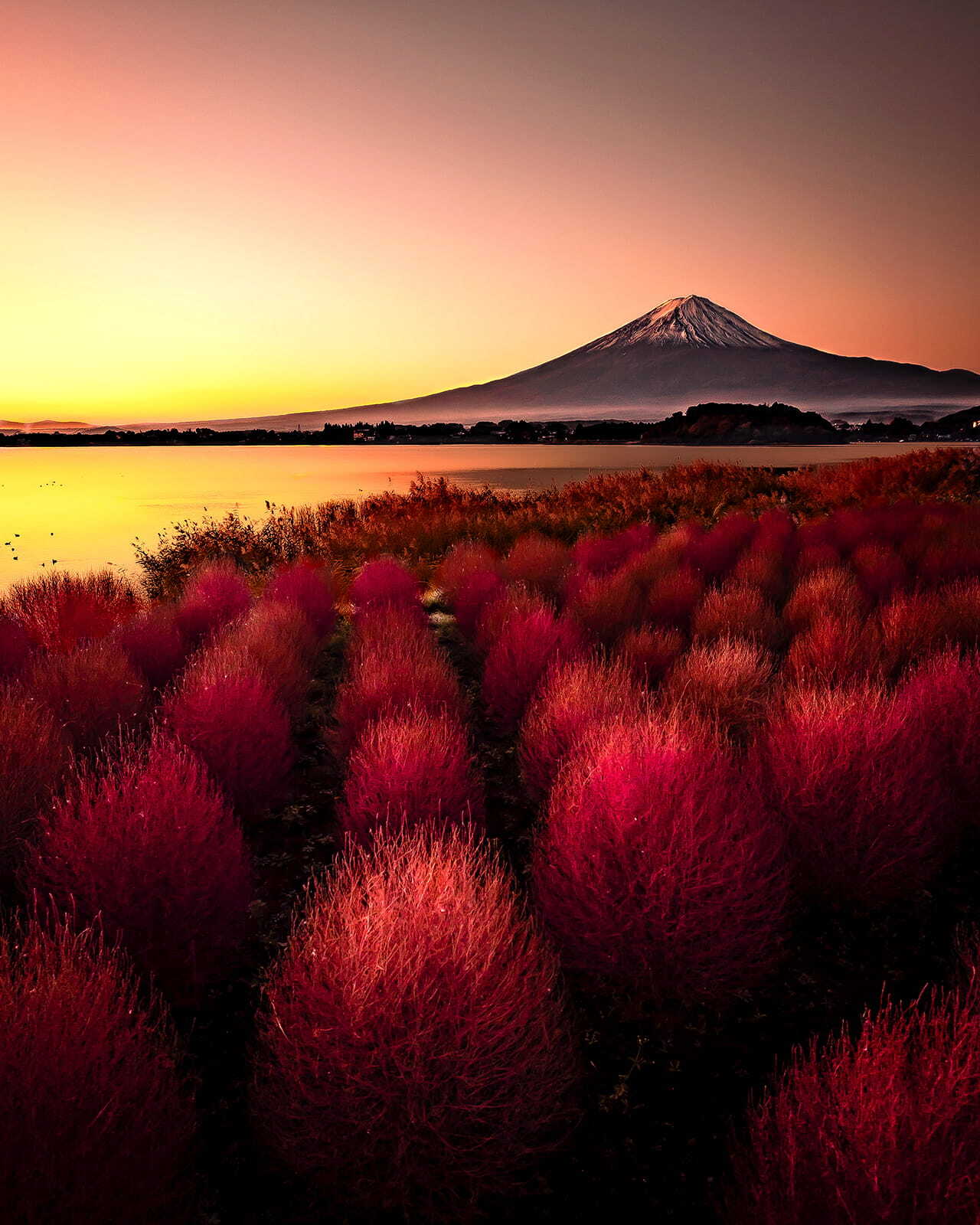
Photographer: Kenkenpa
“Mount Fuji Aglow,” by Kenkenpa
The photographer says: “Kochia bushes burn red, tinting the sky a warm, rosy glow. I composed the photo imagining Mount Fuji flushing from the emanating heat.” Arabic editorial staff: Mount Fuji inspires people with its grandeur and rich natural beauty. The photo conveys the loveliness and mystique of Japan’s most prominent symbol.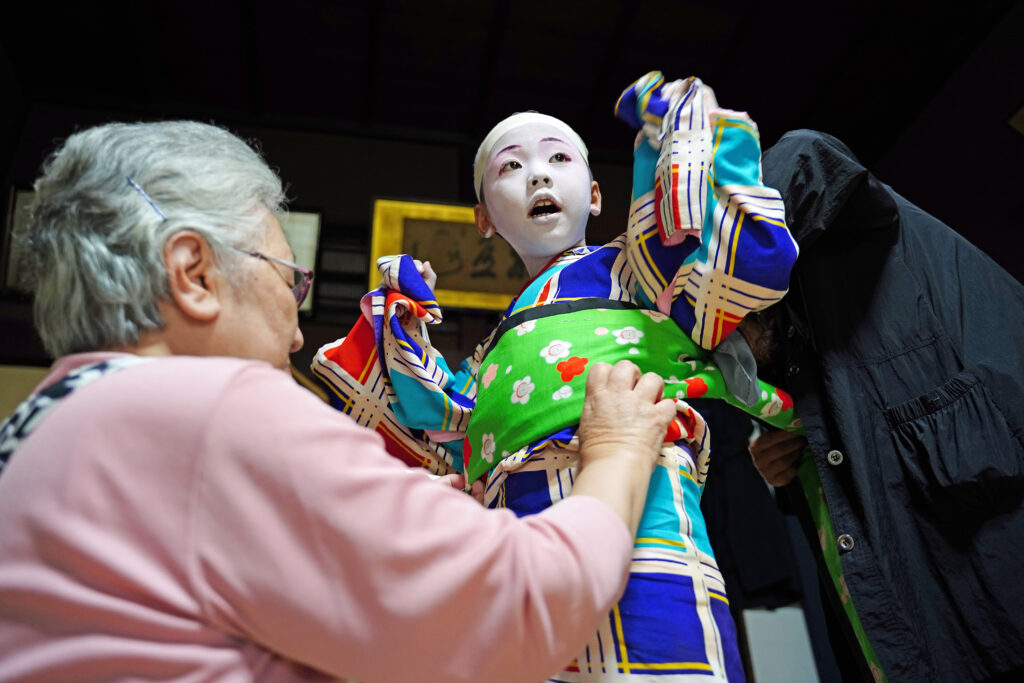
Photographer Tanaka Masayuki
